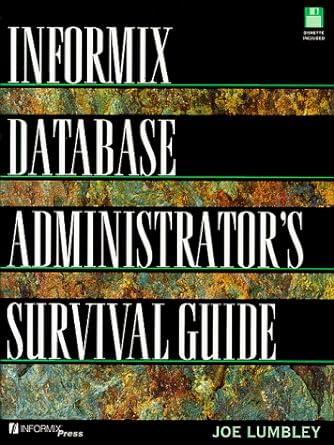Question
This is done in the Process Development Environment. This is the starter code float Xb, Yb, r, speedX, speedY; //ball location, size, and speed float
This is done in the Process Development Environment.
This is the starter code
float Xb, Yb, r, speedX, speedY; //ball location, size, and speed float Xp, Yp, w, h; //paddle location, wdith and height
boolean isGameOver = false; // when true, just draw the GameOver message and stop the animation loop to end the game int score = 0;
void setup() { size(400, 400);
// initialize ball attributes Xb = random(r, width-r); Yb = 30; r = 15; speedX = int(random(2, 4)); speedY = int(random(2, 4));
// initialize paddle attributes w = 30; h = 8; Xp = width/2; Yp = height - h; // hide mouse cursor noCursor(); }
void draw() { background(0);
if (!isGameOver) { //play as long as it is not game over
// DRAW game elements // draw Ball fill(255); noStroke(); ellipse(Xb, Yb, 2*r, 2*r); // draw paddle stroke(0, 255, 0); strokeCap(ROUND); strokeWeight(h); line(Xp-w, Yp, Xp+w, Yp); // draw score fill(255, 0, 0); textAlign(LEFT); textSize(16); text("Score: " + score, 5, 15);
// MOVE game elements // move Paddle Xp = mouseX; // move ball Xb += speedX; Yb += speedY;
// CHECK for collisions // REQ1: Add code to bounce the ball off the two sides and the top edge [+2 marks] // REQ2: Add code to check if ball lands on the paddle. Here is the pseudo-code: // if the ball is at the bottom edge (hint: check Yb) [+1 mark] // if ball lands on paddle (hint: see the assignment on how to check this) [+2 marks] // increment score, bounce ball up, and increase speed by 10% [+2 marks] // else // set isGameOver to true; [+1 mark]
} else { // if game over //REQ3: Add code for putting the GameOver message and stoping the animation loop [+2 marks] } }
/o other functions are required! (e.g. don't implement mousePressed, keyPressed, etc)
Step by Step Solution
There are 3 Steps involved in it
Step: 1

Get Instant Access to Expert-Tailored Solutions
See step-by-step solutions with expert insights and AI powered tools for academic success
Step: 2

Step: 3

Ace Your Homework with AI
Get the answers you need in no time with our AI-driven, step-by-step assistance
Get Started


